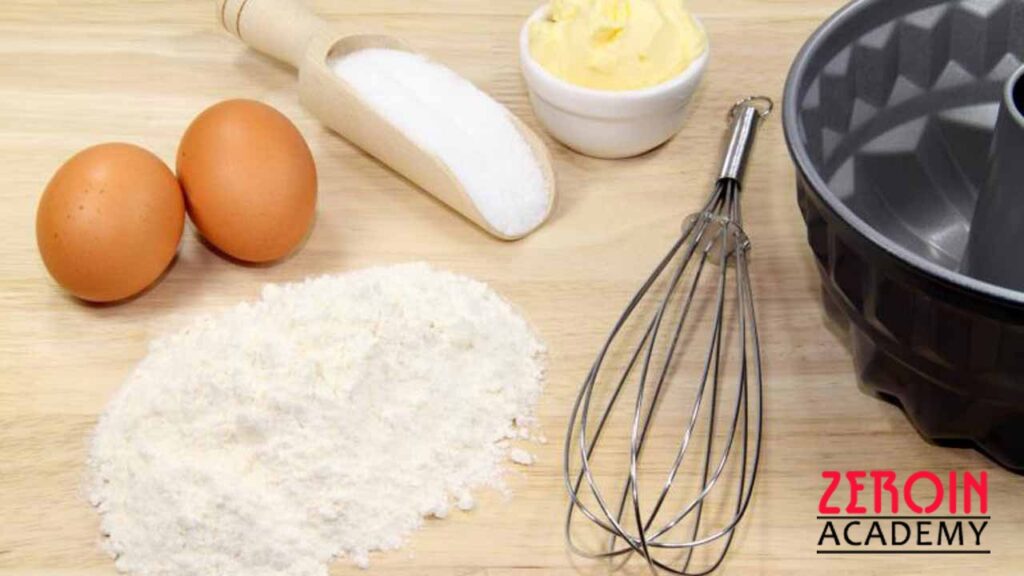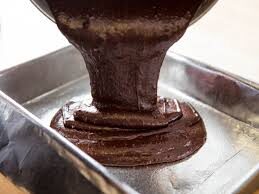A good pie is only as good as its crust, and the perfect pie crust is an art that takes time, patience, and some know-how. Whether you’re a seasoned baker or a beginner, these tips and tricks will help you create a flaky buttery crust that will take your pies to the next level. There are several cake classes in Chennai for people interested in learning how to bake and decorate cakes like the Zerion Academy.
Use Cold Ingredients
One of the most important things to remember when making pie crust is to use cold ingredients. This includes cold butter, water, and even the flour should be cold. When the ingredients are cold, the butter doesn’t melt as quickly, which helps create flaky layers in the crust.
Use The Right Type Of Flour
When it comes to flour, not all flour is created equal. For pie crusts, it’s best to use all-purpose flour, which has a lower protein content than bread flour. This means it will produce a tender crust rather than a tough, chewy one. Professional bakery courses in Chennai at Zeroin Academyteach tips to the students, especially the beginners to choose the right flour for baking.
Refrain From Overworking The Dough
When mixing the dough, it’s important to work it sparingly. This can cause the gluten in the flour to develop too much, resulting in a tough crust. Mix the dough until it just comes together, and then stop. Approach Zeroin cake baking classes in Chennai to learn how to bake delicious cakes and pie in the perfect texture.
Chill The Dough
After you’ve mixed the dough, it’s important to chill it for at least 30 minutes before rolling it out. This helps the butter solidify again, which makes it easier to work with and helps create flaky layers in the crust.
Roll The Dough Out Evenly
When rolling out the dough, try to roll it out evenly. This will ensure that the crust cooks evenly and has no thick or thin spots that can affect the texture.
Don’t Stretch The Dough
When transferring the dough to the pie plate, be careful not to stretch it. This can cause the crust to shrink during baking, resulting in an uneven crust. Bakery training in Chennai is an excellent opportunity for aspiring bakers to gain hands-on experience and develop their skills in baking various types of bread, cakes, pastries, and desserts.
Use A Pie Shield
To prevent the edges of the crust from burning, use a pie shield or make one out of aluminium foil. This will help the edges of the crust cook evenly without getting too brown. If you’re interested in learning how to bake or want to improve your baking skills, there are various baking courses in Chennai that offer hands-on training in baking cakes, breads, pastries, and other baked goods.
Brush With Egg Wash
To give your crust a golden, shiny finish, brush it with an egg wash before baking. This is especially important if you’re making a lattice or other decorative crust, as it helps hold everything together.
Let It Cool
After baking, it’s important to let the pie cool completely before slicing it. This allows the filling to set up and prevent the crust from getting soggy.
Experiment With Different Fats
While butter is the classic choice for pie crusts, there are other fats you can use as well, such as lard, shortening, or even cream cheese. Each fat will produce a slightly different texture and flavour, so feel free to experiment and see which one you like best.
Overall, you can create the perfect pie crust every time by following these tips. Whether making a sweet fruit pie or a savoury quiche, a flaky, buttery crust is the key to a delicious and memorable dish. So take your time, have patience, and enjoy the process of creating something extraordinary.

